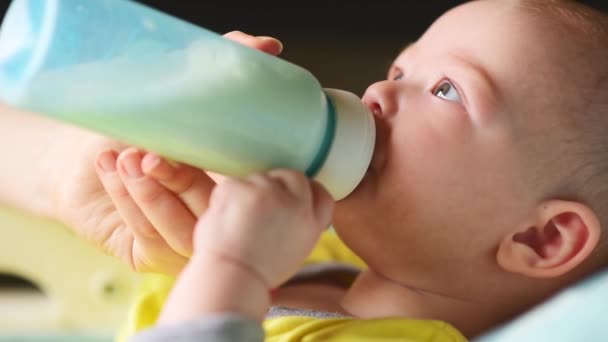Is it glass or plastic? 4 or 8? Choosing a baby bottles is difficult, but we can help.
Breast feeding your baby, whether breast feeding or using a bottle, is one of the best moments of parenting.
However, choosing a baby bottles is not easy. There are many different options. Which baby bottle is best for you? What do you want, glass, plastic or silicone? What size bottles should I add to the roster and how many bottles do I really need?
The list of questions seems endless, but there are answers. We break it all down and share the best and most popular picks from parents and professionals.
Do you need a baby bottle?
Most families use bottles. If you are feeding infant formula, you should use a baby bottles. Also use them if you plan to return to work within the first year of your baby’s life, or if you have been away from your baby for another reason and need a way for others to feed your baby. is needed.
Even if you are at home and plan to breastfeed alone, you may find it beneficial to feed other families milked milk in baby bottles.
If you are only using baby bottles, you will need 6-12 bottles. This allows you to prepare the bottles when you need them while cleaning up the remaining bottles (hint: hungry kids don’t like to wait).
If you use a bottle once in a while, you will have 3-4 bottles at hand.
What kind of baby bottle do you have?
Baby bottles are usually made of one of three materials: glass, plastic, or silicon.
Glass bottles have been the norm for decades before PET bottles, but have recently regained popularity. Giving a baby something made of glass may seem like a dazzling experience, but the glass used in baby bottles has some unique features that set it apart from regular glass. There is a feature. They are made of tempered glass and are extremely resistant to shocks and drops.
PET baby bottles are made from polypropylene, which is a hard plastic. PET bottles are the most common type of bottle on the market and the cheapest.
Silicone baby bottles are the latest baby bottles on the market. They are made of silicone, a soft and flexible material that does not contain chemicals such as BPA, PVC and phthalates.
Most bottle makers also offer several sizes of nipples with different milk flows.
Newborn and slow flow nipples are designed for newborns and toddlers. The flow of milk and powdered milk is slow, so make sure your baby doesn’t swallow too much.
Faster Flow Nipples are designed for older children who can swallow more and better control the faster flow of liquids.
Most bottles come in two sizes.
Small bottles (usually about 4 ounces) are for newborns who consume less per feed than older babies.
Large bottles containing about 240 grams of breast milk or infant formula are for older babies who eat more.
By comparison, newborns can only eat 1-2 ounces per feed, while babies around the age of 6 months can only eat 6-8 ounces per feed. Some parents choose to buy multiple small bottles and large bottles, while others buy large bottles from the beginning and only fill up in the middle of the first few months of their baby’s life.
What is the best baby bottle?
Each type of baby bottle on the market has its strengths and weaknesses. (And there are many!) There is some basic strength and weaknesses to keep in mind when deciding what kind of bottle to give your baby, as trying to compare all the little things can be tiring.
Glass bottle:
Pros: Glass bottles do not absorb colors and odors like silicon and PET bottles. Glass bottles are resistant to thermal shock and can change from very cold to very hot without breaking. Glass bottles are generally easier to clean than other types of bottles because they do not have to worry about chemical leaching, can be washed directly in the dishwasher, and have a small number of parts.
Disadvantages: Glass bottles are heavy. It’s hard for you (and your kids) to grab them, and it’s not easy to break them, but it’s certainly not impossible. Glass bottles also tend to be more expensive than other types of bottles and are less common than plastic bottles, so there are fewer options.
PET bottles:
Pros: There are many options to choose from when subscribing to PET bottles. PET bottles are also the most affordable type of bottle on the market. PET bottles are lightweight, do not break even when dropped, and are easy to hold.
Disadvantages: Initial concerns about plastic baby bottles relate to biphenyl A (commonly known as BPA), an industrial chemical used in the manufacture of certain plastics that can have a negative impact on health. The FDA banned the use of BPA in all cups and bottles in 2012.
